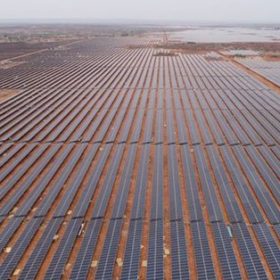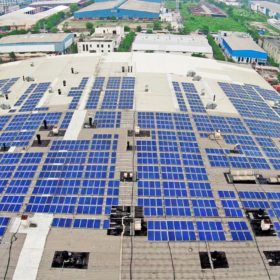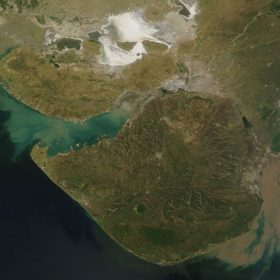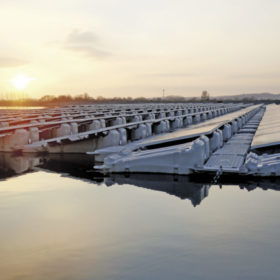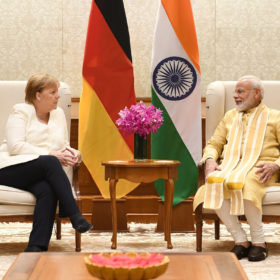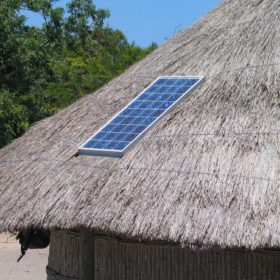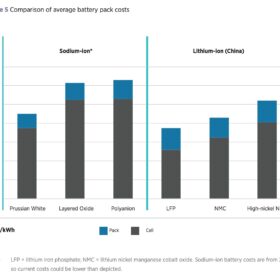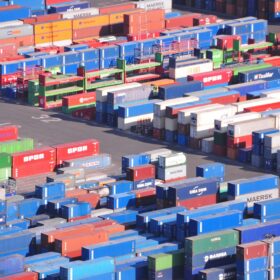Solar plant developers can set up excess capacity: MNRE
The requirement of design and installation of additional DC panels may emanate from the contractual need to supply the committed energy and does not cast any obligation on the procurer to buy generation in excess of the contracted energy range—stated the ministry in its advisory issued recently.
Goa to replace traditional clay tiles with solar ones
State energy minister Nilesh Cabral says householders will be offered the chance to reduce energy bills without any upfront cost by leasing roofspace to installers as part of plans to add 15 MW of solar capacity in Goa by March.
Azure Power to raise US $75 million equity from Canadian investor CDPQ
The investment will increase Caisse de dépôt et placement du Québec’s equity stake in the NYSE-listed solar developer to 49.4% from current 41.4%.
Gujarat solar capacity just shy of 2.7 GW
The state this week raised its clean energy ambition to 30 GW of generation capacity within three years as figures showed ground-mounted solar is expanding at a faster rate than rooftop installations.
Odisha fire stations to go solar
The state will contract for a total 1.73 MWp of rooftop generation capacity with all the panels supplied manufactured in India.
Uttar Pradesh to tap state water bodies for solar power
Jal Shakti minister Mahendra Singh wants to achieve a win-win by wiping out his department’s Rs3,000 crore electricity bill and selling clean energy to the Ministry of Power. His solution involves ambitious plans for floating PV in Uttar Pradesh.
Now green urban mobility to get one billion euros boost from Germany
Having extended around two billion euros for clean energy projects, Germany will now support India in improving green urban mobility infrastructure, solutions and services in cities. Furthering its support for clean energy transition, it will also provide concessional loan of 200 million euros for a DISCOM investment facility in India.
Off-grid solar sector witnesses sales of 4.1 million products in six months
Industry body Gogla and the World Bank’s Lighting Global program said the last six months set a record for off-grid solar deployment. Solar home systems and other small off-grid appliances are being used in ever larger numbers.
7 GW solar tender gets one-week extension—but will it help?
The manufacturing linked ISTS tender may face a ‘no bid’ situation even with amendments and bidding extensions, industry insider Gopal Lal Somani tells pv magazine as he explains the major reasons for developers’ cold response to some of the recent tenders.
Afghanistan kicks off tender for another 40 MW solar project
The facility will be developed under the World Bank’s Scaling Solar initiative on a public-private partnership basis in Herat province.
